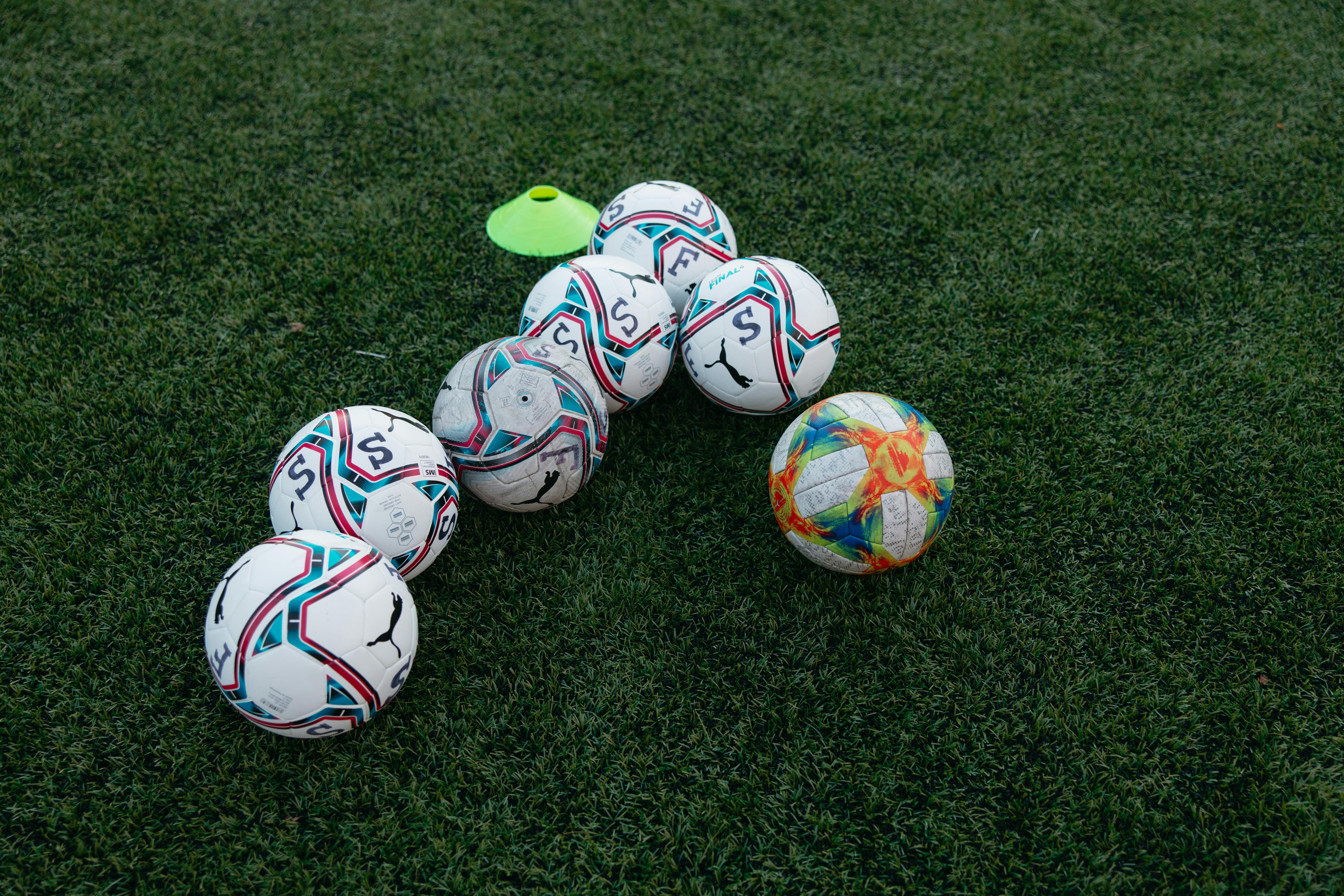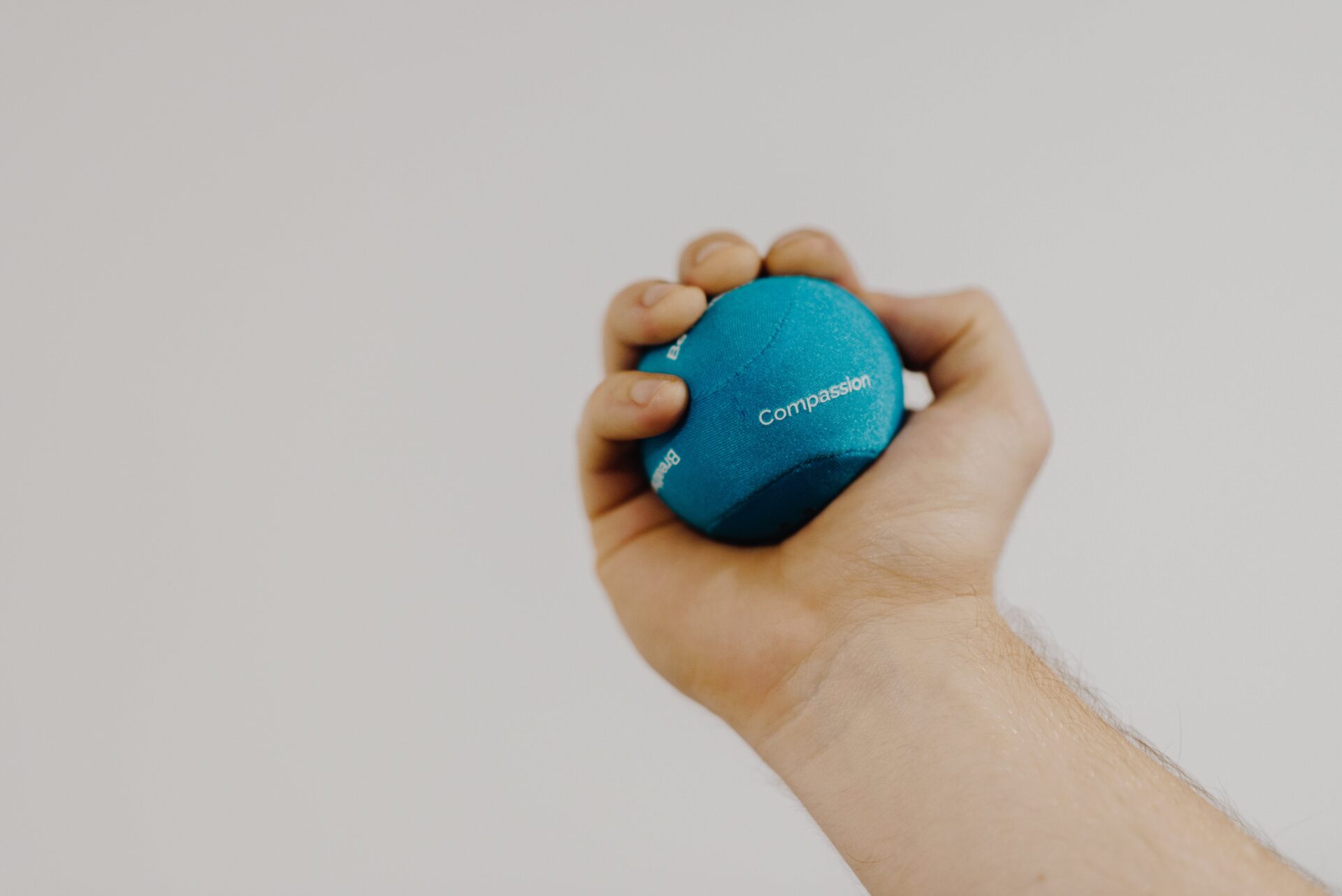Soccer, or football as it is known in some countries, is one of the world’s most popular sports. It is played by millions of people across the globe, and a soccer ball is a key piece of equipment for any match. But have you ever wondered how soccer balls are made? In this article, we take a look at the process behind creating these iconic pieces of sporting equipment. From the materials used to the construction and testing, we explore how soccer balls are made and why they are so durable.Soccer balls are typically made from a combination of materials, including leather, synthetic leather or other materials. The inside of the ball is usually made of a rubber or latex bladder which is filled with air. The outer casing is made of either panels of leather or synthetic material stitched together, and the surface of the ball is typically covered with a layer of polyurethane.
The Process of Making Soccer Balls
The process of making soccer balls starts with the selection of the right materials. The outer layer is usually made from leather, synthetic leather, or other synthetic materials. Then, a lining is added to provide extra protection and cushioning. After that, a bladder is placed inside, which is usually made from latex or butyl rubber. The bladder helps to keep the ball inflated.
Next, the panels are cut and stitched together to form the shape of the soccer ball. This stitching can be either hand-stitched or machine-stitched depending on the quality and price of the ball. The panels can also come in different colors and patterns depending on what style you want.
Once all of these pieces are put together, they are inserted into a mold to form the final shape of the soccer ball. This process helps ensure that each panel fits together properly so that there are no air leaks in the finished product. Finally, a valve is added so that it can be inflated and deflated when needed.
The last step in making soccer balls is quality control. This involves inspecting each ball for any defects before it is shipped out to customers. This ensures that customers receive only the highest quality products that will last for years to come.
Quality Control for Soccer Balls
Quality control for soccer balls is a critical element in ensuring the highest quality and performance standards. Soccer balls must be inspected at various stages of production to ensure they meet the specifications set by the manufacturer. Quality control begins with raw materials inspection, where all raw materials used in making the soccer ball must be tested and approved before production can begin. This includes testing for size, weight, shape, and color consistency. The stitching of the soccer ball is also inspected to make sure it meets the necessary specifications.
In addition to inspecting raw materials and stitching, quality control for soccer balls also includes testing for air retention and durability. Air retention tests are conducted by inflating a ball and then measuring how long it takes for the ball to deflate completely. The results of these tests will help determine if the ball is suitable for game use or not. Durability tests are conducted by running a ball through a series of tests that mimic game play including kicks, throws, headers, and shots on goal. Results from these tests will help determine if a soccer ball has adequate durability to withstand regular use or if it needs further improvements.
Finally, post-production quality control is performed to ensure that all balls meet the desired quality standards before they are packaged for shipment. This includes visual inspection of all balls as well as testing them for air retention and durability one last time. This step helps ensure that customers receive only top-quality products that are suitable for game use. By conducting regular quality control checks throughout production, manufacturers can guarantee their customers only the best when it comes to soccer balls.
Factors Influencing the Quality of Soccer Balls
The quality of a soccer ball is an important factor in determining the performance of players during a match. It can have a significant impact on the game, as well as the overall experience for the players and fans. There are several factors that influence the quality of soccer balls, such as materials used, size and shape, surface texture, and construction methods.
The material used to construct a soccer ball is one of the primary factors that affect its quality. Materials such as leather, vulcanized rubber, plastic or polyurethane may be used to create a soccer ball. Each material offers different levels of durability and performance characteristics. Leather balls tend to provide better control and feel while rubber balls offer more bounce and resistance.
The size and shape of a soccer ball is also an important factor in determining its quality. Official soccer balls are typically between 28-24 inches in circumference, with 32 panels sewn together to form the classic hexagon pattern. The number of panels can vary depending on the type of material used to make up the ball.
The surface texture of a soccer ball is also important in determining its quality. The surface should be smooth enough for players to grip it with ease, yet provide enough cushion to absorb impact from kicks or strikes during play. A good surface texture should also provide good footing for players when dribbling or passing with their feet or head.
Finally, construction methods play an important role in determining the quality of soccer balls. The stitching techniques and adhesives used can affect how well the panels remain attached over time and how well they retain air pressure during play. Quality construction methods will ensure that your soccer ball will last for many seasons without losing its shape or performance capabilities over time.
Different Types of Soccer Ball Bladders
Soccer ball bladders are essential components of soccer balls that determine the shape, size, and feel of the ball. Depending on the type and quality of bladder used, it can have a significant effect on a player’s performance. There are several different types of soccer ball bladders that are used in different types of soccer balls. The most common type is made from latex or synthetic rubber. Latex bladders are known for their durability and responsiveness, while synthetic rubber bladders provide better control and more accurate passes.
Synthetic leather bladders are often found in higher-end soccer balls as they provide a softer touch and better control over the ball. These types of bladders also tend to last longer than latex or synthetic rubber bladders. However, they can be more expensive than other types.
Polyurethane (PU) bladders are becoming increasingly popular due to their durability and low maintenance requirements. PU bladders offer excellent performance at a lower cost than some other types, making them ideal for budget-minded players. They also tend to retain their shape better than other bladder types, which makes them ideal for long-term use.
Finally, there are also air-filled bladders which are commonly found in cheaper balls and training balls. These types of bladder offer excellent value for money but may not be as durable or responsive as some other options. Air-filled bladder materials also tend to stretch over time which affects the way the ball responds when kicked or headed.

The Role of Panels in the Construction of Soccer Balls
The construction of a soccer ball is an intricate process that involves several components. At the heart of this process is the panel, which acts as the outermost layer of protection for the inner components. The panel is made from a variety of materials, such as leather, plastic, and synthetic rubber. These materials are used to provide protection from wear and tear and also to give the ball a softer feel when it is kicked or thrown. The number and shape of panels also vary depending on the type of soccer ball being manufactured. For example, official match soccer balls must have 32 panels while training balls can have as few as six panels.
The shape and size of each panel also plays an important role in the overall construction of a soccer ball. The panels are typically pentagonal or hexagonal in shape and can range in size from around one inch to four inches across. Each panel must be cut precisely to ensure that it fits snugly against all other panels when assembled together into a ball. This ensures that no air escapes when the ball is inflated and gives it a consistent bounce when kicked or thrown.
Finally, each panel must be stitched together carefully by hand using high-strength thread and specialized stitching machines. This ensures that all panels remain securely fastened during play and prevents them from becoming detached during vigorous use. By taking these steps, manufacturers ensure that their soccer balls will perform consistently over time and stand up to rigorous use on the pitch.
How Lacing is Used in the Making of Soccer Balls
Lacing is a key component in the making of soccer balls. It is used to secure the panels of the ball in place and give it its round shape. The lacing also adds strength and durability to the ball, making it last longer and withstand more punishment. Soccer balls are typically made with 32 panels, which are sewn together with a strong thread. The lacing is then used to hold these panels together, ensuring that it keeps its shape even after hard impacts or rough play.
The lacing used for soccer balls is usually made from either leather or synthetic materials. Leather laces are preferred as they provide more durability and strength than synthetic ones, but synthetic laces are becoming more popular due to their cost-effectiveness. Lace thickness can also vary depending on the quality of the soccer ball being made; professional grade balls will usually have thicker laces while lower-level ones may have thinner ones.
The way in which a soccer ball is laced can also vary depending on its quality and purpose. For instance, professional match balls will often be laced differently than recreational ones as they need to be able to withstand more intense play. Additionally, match balls may also have extra layers of lacing around certain areas of the ball for extra protection against wear and tear.
In summary, lacing plays an important role in the making of soccer balls as it secures all of the panels together and gives them their round shape. It also provides extra durability and strength for more intense play. Different types of materials can be used for lacing as well as different thicknesses depending on the quality of the ball being made. Lastly, how a soccer ball is laced can vary depending on its intended purpose or level of play that it will be used for.
Designing a High-Quality Soccer Ball
A high-quality soccer ball must have several key design elements to ensure it performs as expected. The design should balance weight, materials, and shape for optimal performance and durability. The exterior of the ball should be made of synthetic leather or other composite materials that are strong yet flexible. The texture of the ball should be smooth and even, so that it is easy to control and does not require too much effort to kick or pass. Additionally, the stitching should be precise and uniform to prevent the ball from coming apart during intense play. Finally, the shape of the ball should be spherical with no lumps or bumps that could disrupt its flight pattern.
The interior of the soccer ball must also be carefully designed for maximum performance. The bladder is an important component as it controls how much air is in the ball and affects its bounce and trajectory. It should be made of high-quality rubber that is strong enough to withstand pressure, but still flexible enough to allow air back into the bladder when kicked or passed. Additionally, a quality soccer ball will have a rubber lining which helps protect the bladder from punctures while providing a consistent bounce for each kick or pass.
Finally, a quality soccer ball must also have a balanced weight distribution so that it can stay stable when in motion. This can be achieved by adding weights around the circumference of the interior bladder. By doing this, manufacturers can adjust how heavy or light they want their balls to feel while still maintaining a consistent shape and performance across each size range.
In conclusion, designing a high-quality soccer ball requires careful consideration of materials, shape, texture, stitching, weight distribution, and other factors in order to create an optimal product that will perform well on any playing surface. With these components in place, manufacturers can ensure their balls are reliable and durable enough for professional use.

Conclusion
The process of making a soccer ball is complex and requires precision. It starts with the gathering of materials, which are then cut and sewn together to form the panels. The panels are then stitched together to form the ball, and its seams are glued before the bladder is inserted. The cover and valve are added last, followed by a final inspection for quality control. Soccer balls must meet specific requirements in order to be used in official games, such as those set out by FIFA.
It takes skill, experience and dedication to make a soccer ball that meets international standards. This is why it is important to purchase from reputable manufacturers who have been in this field for many years. Quality soccer balls will last longer and provide better performances over time.




